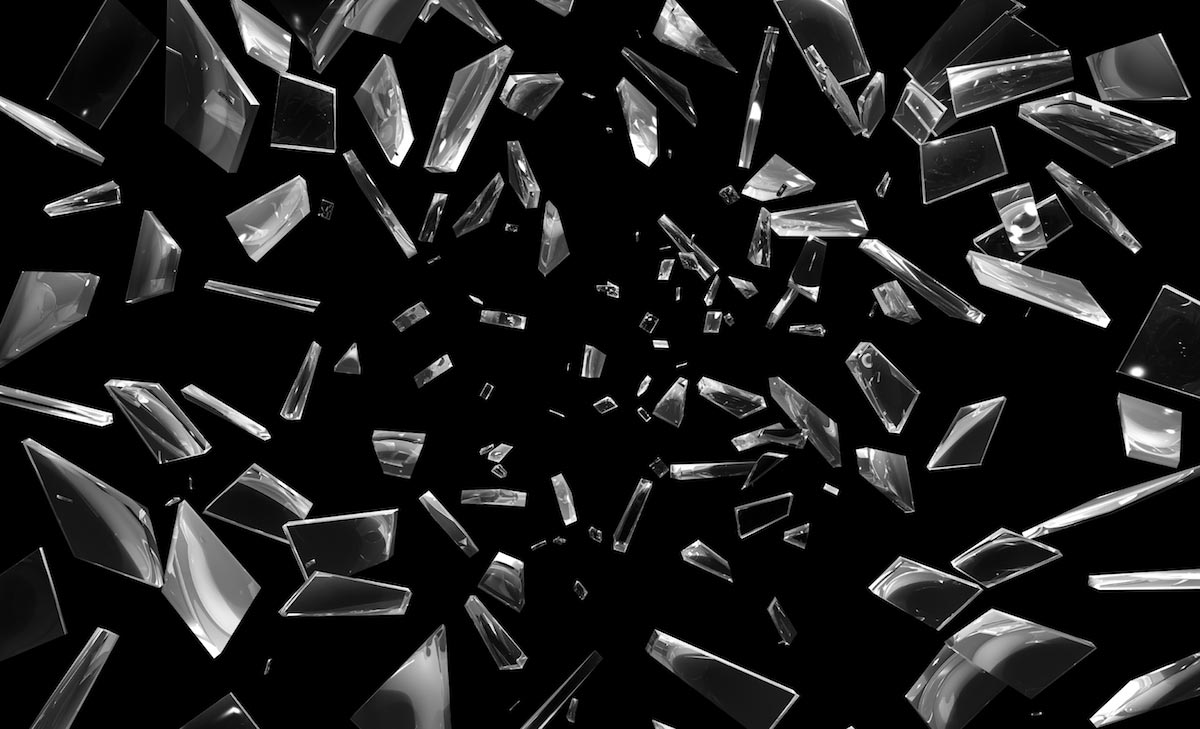Researchers develop glass material which can filter radiation from toxic water in Fukushima
11/17/2015 / By Greg White

The Fukushima Daiichi power plant has bled hundreds of tons of radioactive material into the air and sea. One of the great challenges of the Tokyo Electric Power Company (TEPCO) is figuring out how to contain the nuclear waste flooding the ocean each day. Now, researchers believe they have found a solution to this dilemma — by developing a biodegradable glass which can be mixed with water to filter out radioactive particles.
When the tsunami consumed the Fukushima Daiichi site in 2011, thee nuclear reactors melted to their core. Since then, water has been used to keep the nuclear reactors cool. An estimated 3,760 tons of radioactively contaminated water gush from the power plant each day. Engineers on the site are storing the contaminated water in waste filters to extract radionuclides for the time being. However, there is no agreed upon solution yet as to what to do with the filtered nuclear waste.[1]
A possible solution to a long-term problem
One possible solution has been proposed by researchers at the Imperial College London’s Centre for Nuclear Engineering, in conjunction with partners from the UK and Japan. Currently, they are in the process of developing a glass material which can be mixed with water to filter out radionuclides. It is melted to form a solid composite, which can be stable for thousands of years and safely discarded underground.[1]
The researchers are currently trying to figure out if the material can withstand the heat produced by the radionuclides as they decay over time. If the glass is resilient to the radionuclides, alternative processes used to collect nuclear waste that are more expensive and time-consuming won’t be needed.
Professor Bill Lee, Director of the Centre of Nuclear Engineering at Imperial, told sources: “Multinational collaborations like this one are the key way for finding solutions to some of the world’s most pressing challenges. It is paramount that we find a safe and inexpensive approach to seal in and store this leftover radioactive material if the clean-up at Fukushima is to be a success. The results of this project may also have implications for the way we dispose of the UK’s legacy wastes, including those in the ponds and silos at the Sellafield storage and reprocessing site.”[1]
Burying nuclear waste digs up old debate
Burying nuclear waste deep underground has generated a heated debate of its own. The claim that nuclear waste can be safely stored underground blew up in its face after an explosion occurred at the Waste Isolation Pilot Plant, in the US state of New Mexico, the world’s only underground repository for nuclear waste. Radiation leaks from the explosion were detected in early February 2014. An estimated 22 workers were exposed to low levels of internal radiation.[2]
Storing nuclear waste deep underground is as costly to the public’s wallet as it is to their health. Japan is in the preliminary stages of developing a deep underground repository, which is expected to cost $40.8 billion. In addition, underground repositories have to be regularly monitored over time, which obviously requires more money. Nor is their conclusive evidence that repositories are safe.[2]
The clean up process offered by the researchers consists of filtering the water through a material called High Dose Spent Absorbent (HDSA), which gathers the radionuclides. The nuclear waste gives off heat as it decays in the HDSA. The Imperial team is currently developing computer models to measure the heat levels.[1]
Data produced by these computer models should determine whether the glass material can entomb the radionuclides, despite the heat generated by the process of decay. The Imperial research will be conducted by Professor Bill Lee and Dr. Luc Vandeperre from the Centre for Nuclear Engineering. Overlapping research will be carried out by researchers from the University of Sheffield, Kyushu and Tohoku Universities in Japan.[1]
The project is funded by the Engineering and Physical Sciences Research Council. It is expected to last two years.[1]
Sources:
[1] Imperial.ac.uk
Submit a correction >>
Tagged Under:
Fukushima, FukushimaWatch, radio nuclides, toxic water
This article may contain statements that reflect the opinion of the author
RECENT NEWS & ARTICLES
COPYRIGHT © 2017 FUKUSHIMAWATCH.COM
All content posted on this site is protected under Free Speech. FukushimaWatch.com is not responsible for content written by contributing authors. The information on this site is provided for educational and entertainment purposes only. It is not intended as a substitute for professional advice of any kind. FukushimaWatch.com assumes no responsibility for the use or misuse of this material. All trademarks, registered trademarks and service marks mentioned on this site are the property of their respective owners.




















